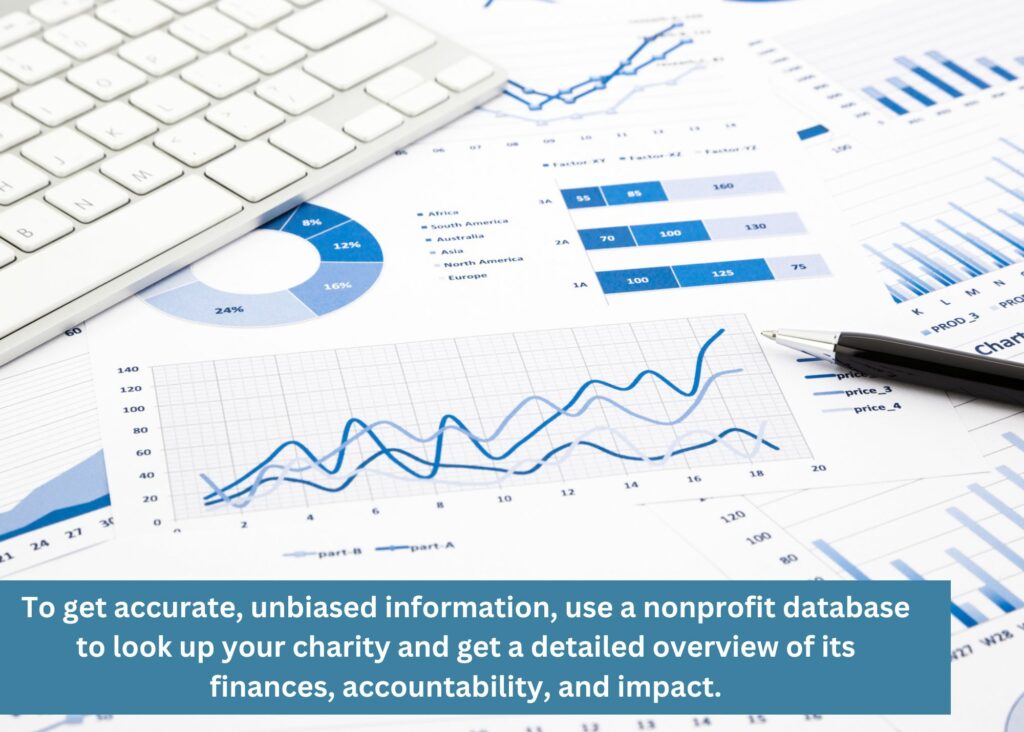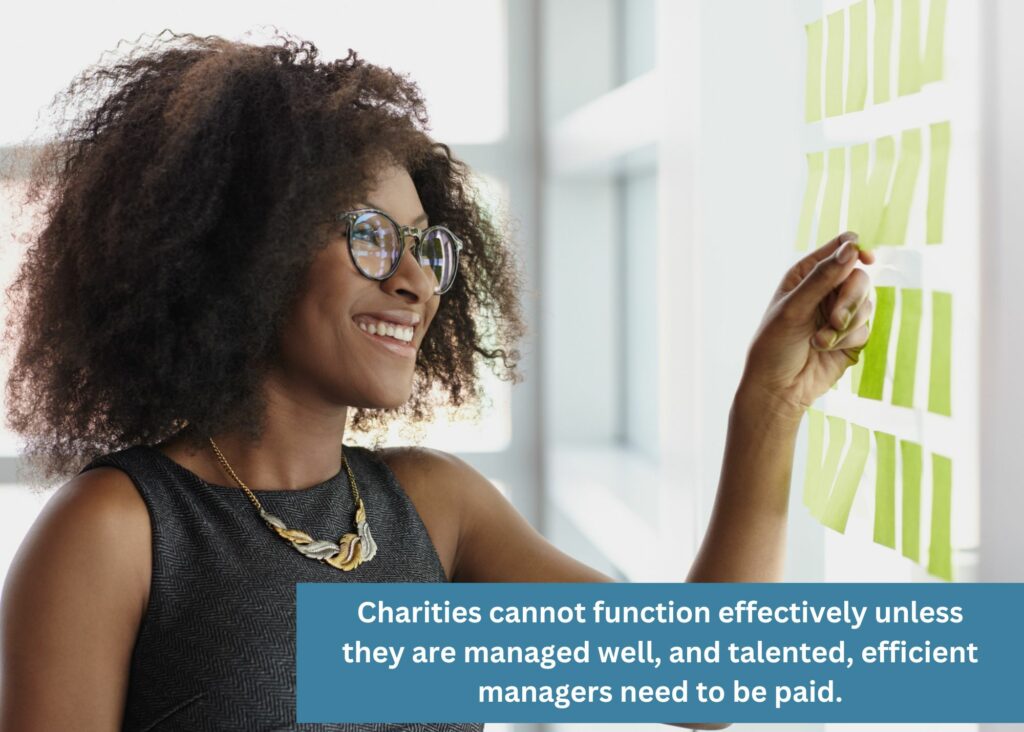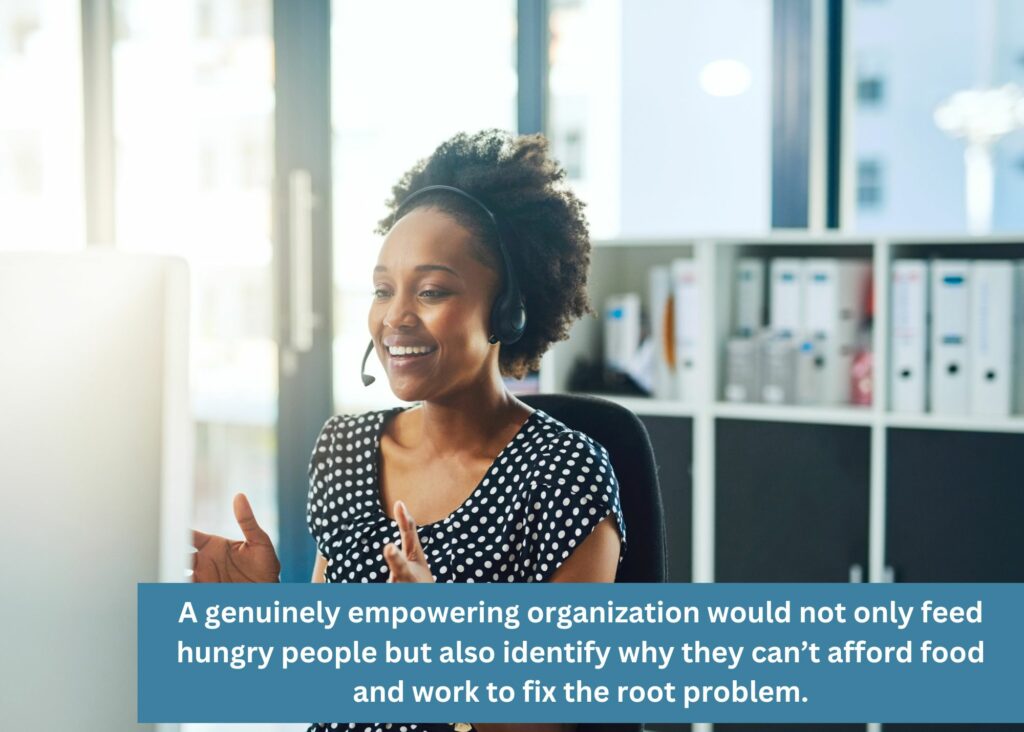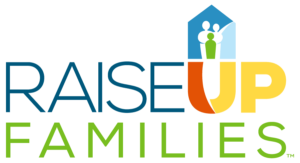

As the weather grows colder and you join the hustle and bustle of the holiday season, you may feel inspired to give back.
After all, you want to help people who have fallen on hard times. And in addition to the spirit of generosity that comes with the holiday season, you may find that, for tax purposes, you want to do your charitable giving before the year is over.
But before you pull out your checkbook, you pause. Is the charity you’re giving to actually going to help people? Or will your money merely line the pocketbook of a wealthy administrator or create unhealthy dependency in needy communities?
At RaiseUp Families, we understand that when you give generously, you want your hard-earned money to help needy people.
That’s why we’ve identified three steps you can take to vet nonprofit organizations before you donate.
These days, you have access to so much online information about nonprofits!
Of course, it’s not always easy to interpret that information and figure out whether a nonprofit’s values line up with your own. But the first step is to find the information.
Here are some great places to start:
Look at their website
Most charitable organizations have a website where you can find:
A charity’s website might be a little clunky and hard to navigate—after all, they may have limited funds to sink into great website design. But as you browse, you should ask yourself the following questions:
If you answer “yes” to both questions, it’s time to dig a little deeper!
Look at nonprofit databases
Although a healthy nonprofit should provide financial information on its website for transparency’s sake, it’s not an unbiased resource.
To get accurate, unbiased information, use a nonprofit database to look up your charity and get a detailed overview of its finances, accountability, and impact.

Charity Navigator
Charity Navigator is a prominent and well-respected database that provides in-depth evaluations of thousands of nonprofit organizations. Charity Navigator’s assessments offer insight into a charity’s:
These insights are vital as you seek to understand whether a charity is positively impacting the world and using its finances wisely.
Guidestar
Guidestar is another valuable database for looking up information about nonprofits. Guidestar offers comprehensive information on a charity’s:
Guidestar differs from Charity Navigator in that it focuses on providing information rather than evaluating and assessing it. While Charity Navigator assigns nonprofits an overall ranking, Guidestar merely gives you the information and lets you reach your own conclusions.
Looking up basic information on a charity’s website and databases like Charity Navigator and Guidestar is the first step to vetting a charity. But sometimes, it’s difficult to assess that information in a helpful way.
That’s why the next step in the process involves learning to evaluate that information.
When vetting a charity, you’re probably concerned about their finances. You probably wonder, how much of my money is actually going to help people and how much is going to management and fundraising efforts?
Websites like Charity Navigator and Guidestar provide transparency about these numbers. However, before you write off a charity for spending so much on administration, try understanding the nuances of a charity’s finances.
You want to give to a charity that helps people, but here’s a cold, hard fact: charities cannot function effectively unless they are managed well, by talented, efficient leaders.

Also, privately funded nonprofits need donations in order to function. Where does that money come from? It only comes because talented fundraising professionals work hard to solicit donations and raise money, and they deserve to be paid for their work.
The Better Business Bureau recommends that at least 65% of a charity’s finances go to its program and no more than 35% go towards fundraising and management. We believe an 80-20 split is more reasonable, but keep that in mind when considering how a nonprofit spends its money!
Above all, think of this way: If you are a professional, what is the single greatest resource in your company? Your most valuable asset? Most would say, “Our people.” The same holds true for nonprofits. Do not disregard a nonprofit who pays its talent a fair wage. Taking care of your people leads to less turnover, more stability, and greater community impact.
Finally, it’s time to look at what matters in the long run: a nonprofit’s outcomes. Are people’s lives being transformed? Is the world a better place as a result of this charity?
Here are some key ways to assess an organization’s effectiveness:
What are they measuring, and what is their success rate?
As you read up on the organization, pay close attention to how they measure “success.”
What is this charity trying to accomplish? Do they build houses? Provide clean water after a disaster? Help people overcome their addictions?
Then, look at the numbers. Is the charity accomplishing what it hopes to accomplish? How much water did they provide? Of the people who have gone through their addiction program, how many were able to stay clean?
Does the charity enable people?
Even if the charity has “good outcomes,” accomplishing what they set out to accomplish, they may be harming the community instead of helping.
How so?
Well, consider the case of a charity that distributes free food. If they accomplish their goals, they may hand out hundreds of meals.
This may seem like a great thing. After all, hungry people need food!
But humans should not spend their whole lives relying on a charity for food. The charity should help them through a rough spot, but it’s demeaning for people to feel like they can’t even provide for their basic needs.
A genuinely empowering organization would not only feed hungry people but also identify why they can’t afford food and work to fix the root problem.

For more information on what kinds of charities do more long-term harm than good, a good resource is Robert D. Lupton’s book Toxic Charity. Lupton calls us to re-evaluate how we do charity, as it is often demeaning and dependency-forming. Instead, he calls for charities to shift their focus to doing things with needy communities instead of for local communities, using existing strengths and resources within communities to create sustainable solutions.
Another resource is our blog, where we’ve written articles about helping communities out of poverty. Our articles include:
Final Notes
As you research charities, looking for organizations that are financially healthy, have good outcomes, and help communities rather than creating dependency, remember: by vetting these organizations, you ensure that your money is truly making a difference!
Many organizations do good things all over the world, and if you’re unsure where to begin your charity search, start with your own community. What needs does your town or city have, and how are people addressing it?
If you live in the Houston area and are concerned about families in poverty, we invite you to research Raise Up Families! Our mission is to stabilize parents from vulnerable communities who face unexpected financial crises so their children can focus on their education, giving them the opportunity for a better life.
If you’re interested in helping, you can read more about us, look at ways to give, or contact us with any questions.
No matter where you choose to donate your money, we know you have the potential to make a positive impact on the world!
